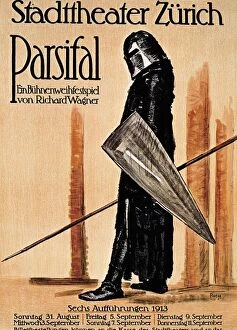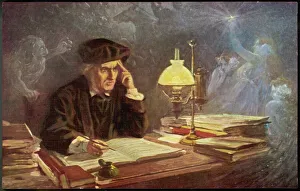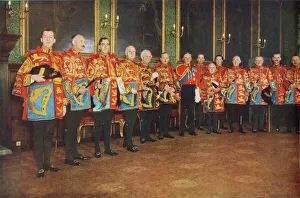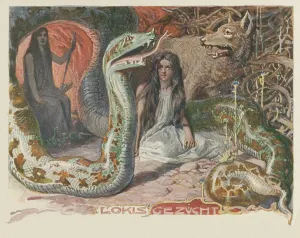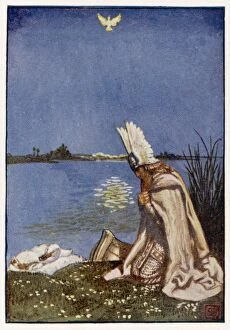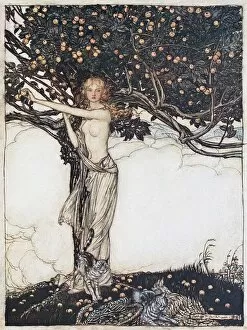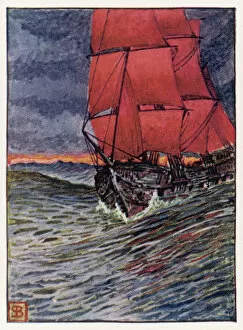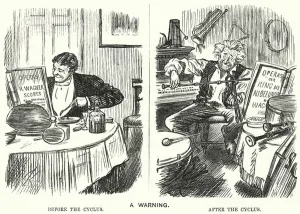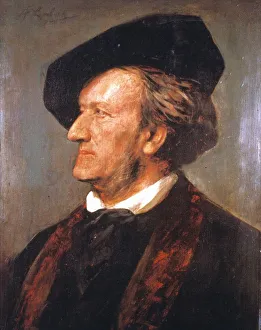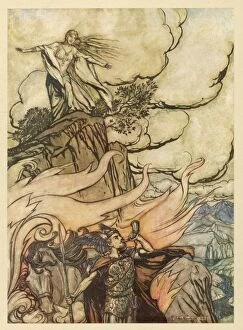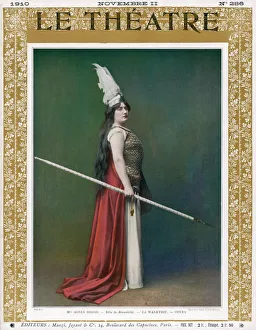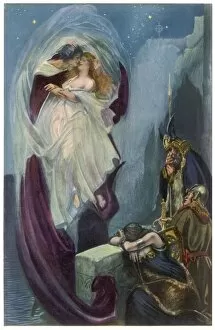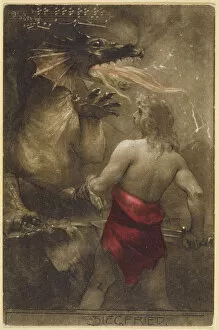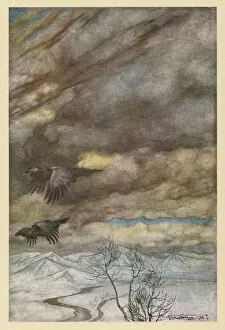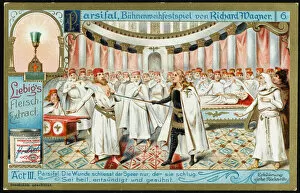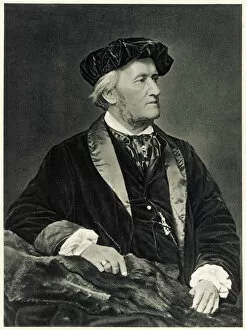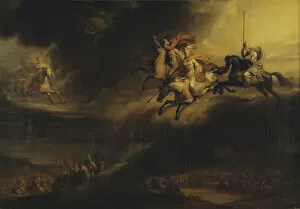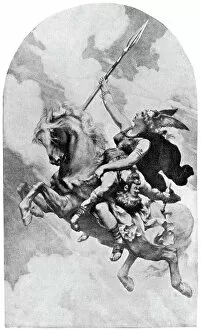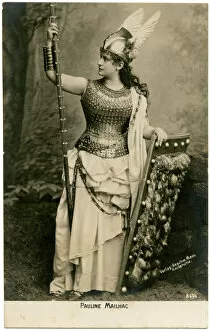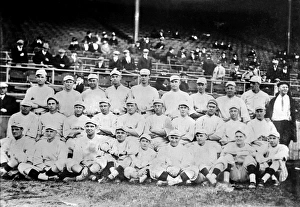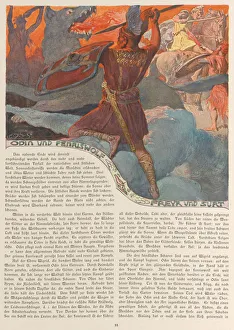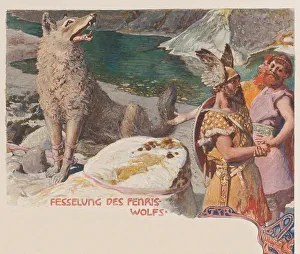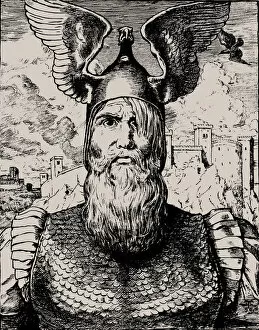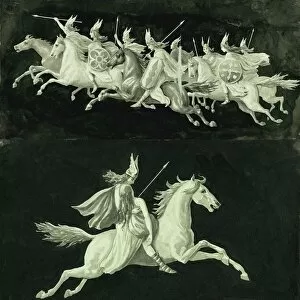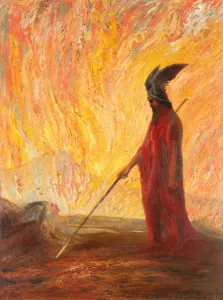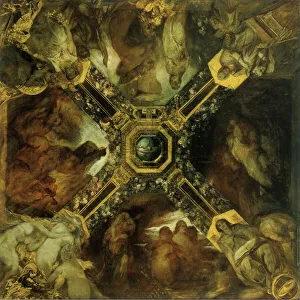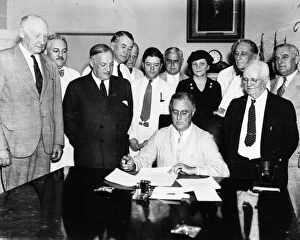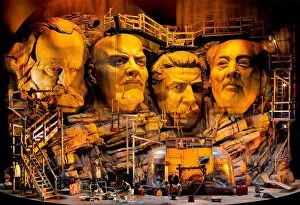Wagner Collection
Richard Wagner (1813-1883) was a renowned German composer who left an indelible mark on the world of music
All Professionally Made to Order for Quick Shipping
Richard Wagner (1813-1883) was a renowned German composer who left an indelible mark on the world of music. His compositions, such as "Siegfried" and "Götterdämmerung, " continue to captivate audiences with their grandeur and emotional depth. One notable depiction of Wagner's work is found in Aubrey Beardsley's illustration for "Siegfried. " This intricate artwork beautifully captures the essence of the opera, showcasing Beardsley's talent in bringing Wagner's vision to life. Another fascinating portrayal can be seen in "Le chevalier aux fleurs (The Knight of the Flowers)" from 1894. This painting highlights his influence on various art forms beyond music, demonstrating his ability to inspire creativity across different mediums. Wagner's impact extended far beyond his compositions. In a Punch cartoon titled "A Warning - Wagners Ring Cycle, " we see how his ambitious four-opera cycle garnered attention and even humorously warned audiences about its length and complexity. Even heraldry paid homage to this musical genius. The Officers of Arms at Heralds College in 1952 acknowledged Wagner by including him among their ranks, recognizing his significant contributions to culture and society. In Arthur Rackham's illustration for "The Rhinegold and The Valkyrie, " we are introduced to Freia, portrayed as a fair maiden. Rackham skillfully brings her character alive through delicate strokes, capturing the enchantment that permeates Wagner's operas. Franz von Lenbach immortalized Richard Wagner in oil on canvas in 1871. This portrait showcases not only Lenbach’s artistic prowess but also serves as a testament to the enduring legacy left behind by this influential composer. Lokis brood from Valhalla: Gods of the Teutons further emphasizes how deeply rooted mythology influenced much of Wagner’s work. Through these tales, he transported listeners to a world of gods and heroes, captivating their imaginations with his storytelling.

